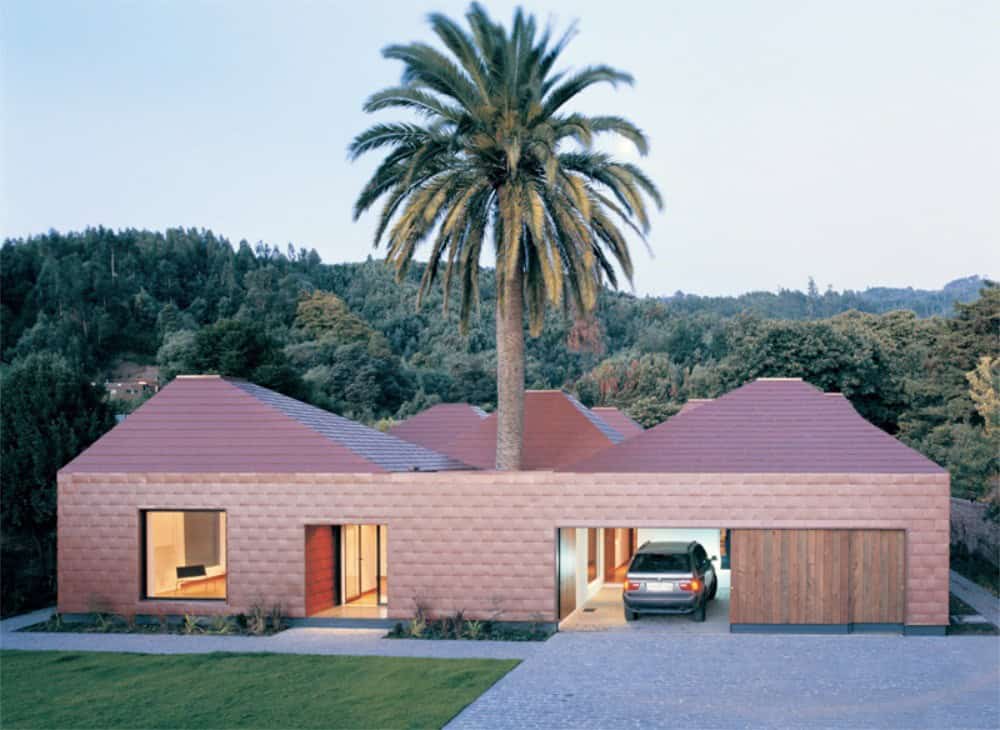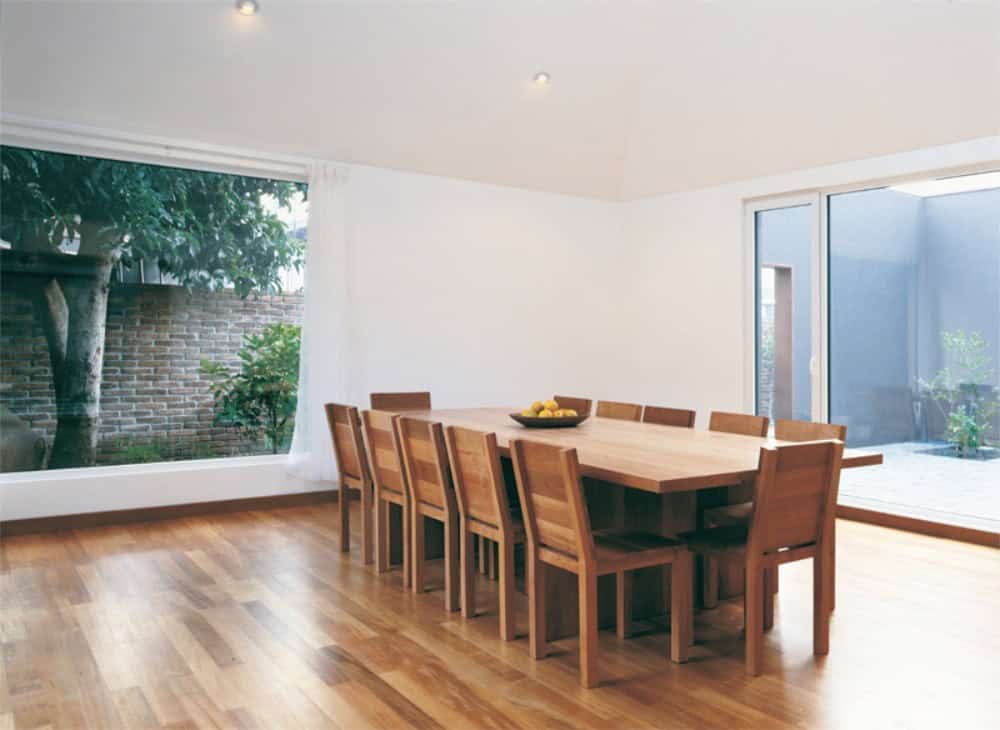Project: Parr House
Architects: Pezo von Ellrichshausen Architects
Location: Chiguayante, Chile
Area: 5,726 sf
Photographs by: Courtesy of the Pezo von Ellrichshausen Architects
Parr House by Pezo von Ellrichshausen Architects
The Parr House is an interesting concept by Pezo von Ellrichshausen Architects. It has been designed to adapt to the lifestyle traditional for the Chilean countryside. The house itself is big and small at the same time in theory. In practice, it does not have large rooms, but instead, a series of multi-functional rooms that open up towards the beautiful farmlands that surround the house in every direction.

This is both a huge and a small house. It doesn’t have extended rooms but instead a series of rooms that repeat themselves and some functions that are doubled according to the traditional Chilean country life. The house is located in a small farm where, until not long ago, stood the owner’s old house where his childhood was spent. It’s a setting filled with memories.
The witnesses of those moments are different kinds of fruit trees (from cherry tress to walnut trees) and native tress (from palm trees to araucarias). Beyond this suburban site there isn’t much; at least nothing visually attractive. Hence, the program extends horizontally in order to, besides occupying the depth of these gardens, conquering a sort of interior introspection and invisibility of its external presence.

The irregular structure, somewhat labyrinthic, together with establishing a series of variations responding to the size and proximity among rooms, contains nine patios open to the sky. Something similar to nine openings that control the density of the plan. The floor has no variation of levels. If the roominess of some spaces was made possible by elevating the ceilings to the equivalent of two floors, this decision couldn’t affect the patios by casting a shade over them. We therefore established two inclinations: that of the roofs, that always descends towards the patios (allowing only the shade casted by the vertical walls); and that of the ceilings, whose vertex sliced by natural light openings is located depending on the furniture of each room.
The weight of a tile mantle (that in some aspect resembles that of the old wooden house) hangs from these fourteen truncated prisms. Having small metal pieces is the only way of eliminating the seams at the edge (as if it were one of Burri´s collages) and through them of noticing the industrial yet crafted nature embodied in its surfaces.













